Breast cancer: Reducing your risk
Stop breast cancer before it starts.

What you need to know
The best way to beat breast cancer is to find it early. Screening mammography can find problems earlier when they are easier to treat, and sometimes even before cancer has spread.
A mammogram helps your doctor find changes in your breast tissue early that might not be found in a routine breast exam or self-exam. And with 3-D mammography, we have an even better tool for early detection, pinpointing suspicious spots than traditional 2-D technology.
Studies show the deaths from cancer are lower with the use of mammogram screening, especially for women between 40 and 74. Legacy recommends that women begin yearly screening mammograms at age 40.
Risk factors
We can’t change some risk factors—being female, increasing age, family history and genetics. But there are some that we can work to control, such as being overweight, having a low activity level, smoking and alcohol intake.
Only about 10 percent of breast cancers are hereditary or caused by genetics. That means something else in our environment is to blame. While much remains unknown about the causes of cancer, research does link breast cancer to chemicals, food and cosmetics. Working to reduce your risk factors can help improve your chances of preventing breast cancer. This is especially important if you have a family history of breast cancer.
Smart choices
- Reduce exposure to pesticides in fruits and vegetables. Choose organic when possible.
- Avoid meat and dairy products with growth hormones by selecting organic, if you can.
- Limit use of plastics with BPA. Use BPA-free alternatives for household items like plastic containers and microwave dishes.
- Steer clear of parabens. Look for cosmetics and personal care products free of these chemicals.

